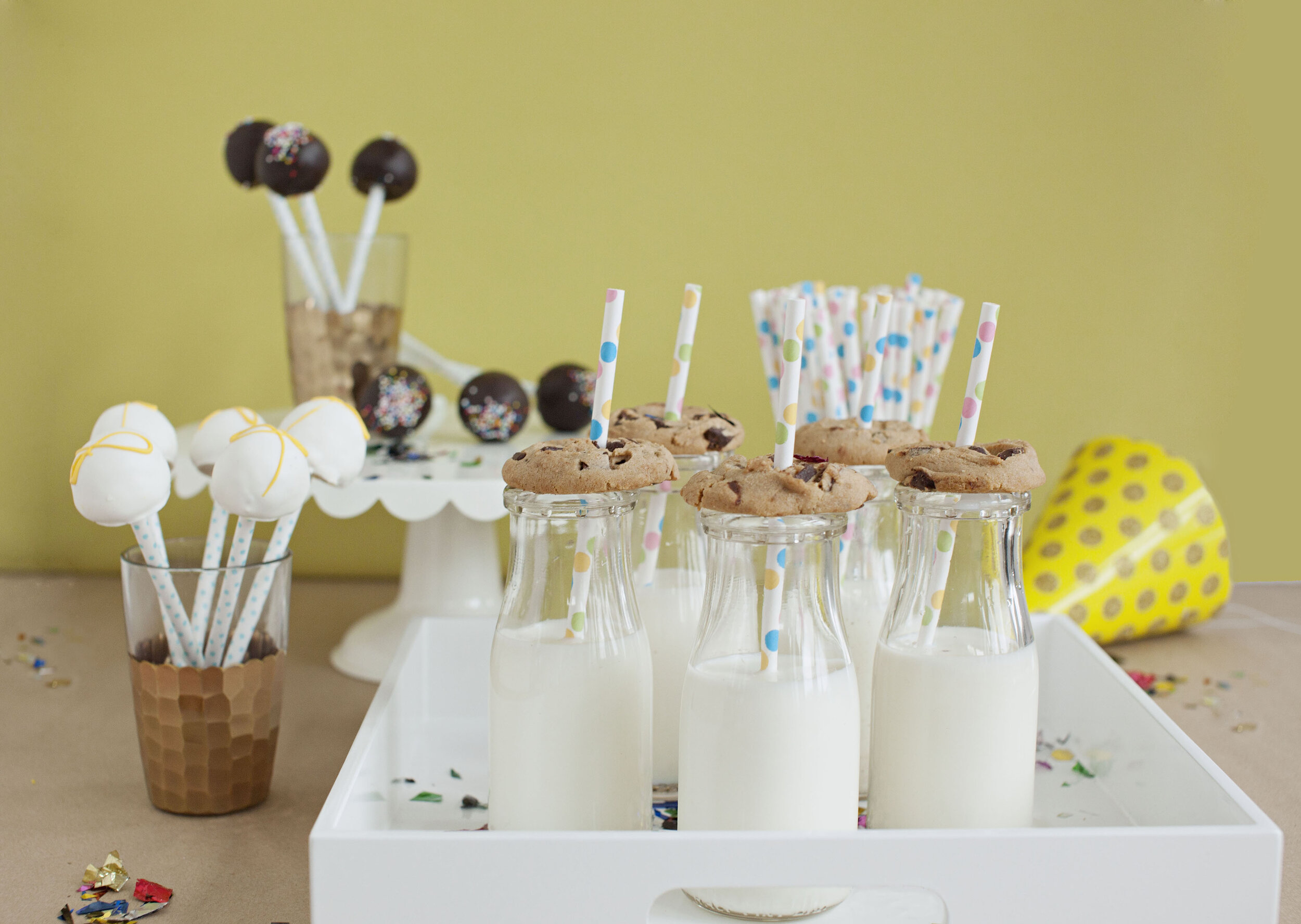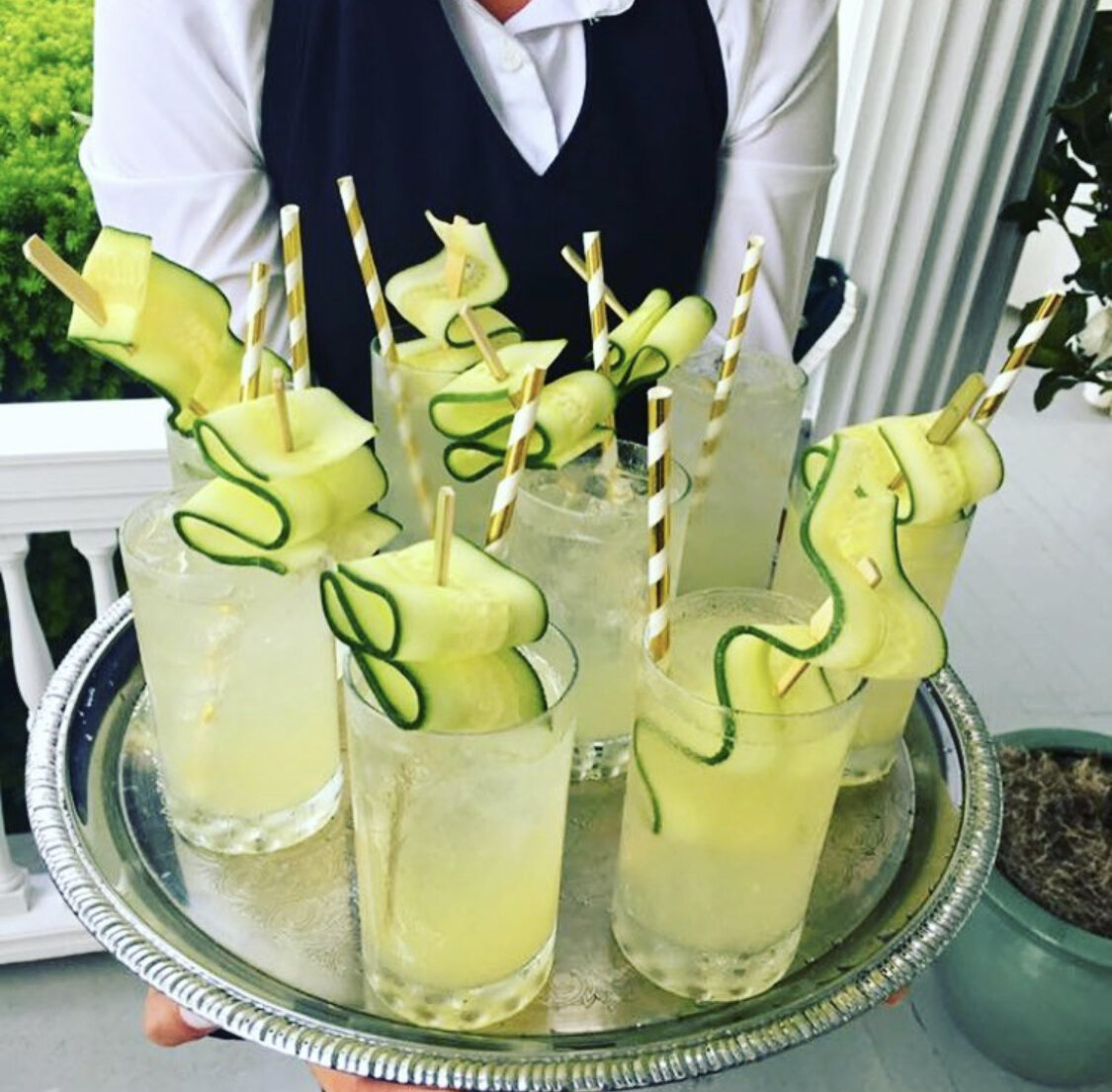January 15, 2020 marks the official countdown to the banning of single-use plastics in Belize.
Read MoreOceana Belize is spreading the word on how to enjoy a Plastic Free Christmas!
On Monday, December 2nd, 2019 Oceana Belize started to release their 12 days of how to enjoy a plastic-free Christmas in 2019. The team sought out to source some of the best options and alternatives throughout Belize to share how everyone at home can do their part in making Belize plastic free this holiday season and throughout the entire year!
Honored to have been selected as one of the products, our 100% marine degradable straws are a colorful and festive alternative to using plastic at parties this season. Order yours today - info@greenlightpaper.com or contact Madisco.
Paper or plastic? Inside the heated debate over drinking straws
NBC Nightly News
Released December 7th, 2019 - There’s a big push to ban plastic straws, and many companies are turning to paper as a more environmentally friendly option. A lot of consumers hate them, complaining that the paper alternative gets mushy and falls apart. The nation’s largest paper straw producer says the bad reputation stems from misuse and cheaper, foreign-made products.
Andy Romjue, president of Hoffmaster's Foodservice Division and Aardvark Paper Straws walks us through some of the differences you can expect and adapt to when using paper straws.
The 4 Truths of PLA Straws
By Andy Romjue - Published Sep 25, 2019
Whether it be part of legislation or conservation efforts, many brands are switching from plastic to a sustainable alternative, often PLA, without knowing the real truth about the dangers of a PLA straw.
Plastic pollution is one of the biggest environmental challenges of our time, with statistics showing there will be more plastic in the ocean than there are fish, by volume, by 2050. Restaurants, venues and establishments worldwide are working to combat plastic pollution by eliminating plastic straws.
Recently, notable hospitality, restaurant and airline brands have eliminated single-use plastic straws, while cities like Seattle, San Francisco, Washington, D.C. and more have banned plastic straws entirely. Whether it be part of legislation or conservation efforts, many brands are switching from plastic to a sustainable alternative, often PLA, without knowing the real truth about the dangers of a PLA straw.
Consumers, restaurants and businesses believe they are making an environmentally sound choice by using or offering PLA straws over single-use plastic straws. But, that’s not always the case.
PLA “biodegradable” straws are positioned as straws made from plants that can break down in the environment. They are made from naturally occurring, plant material such as renewable resources like cornstarch or sugar cane. While PLA plastic is typically a better alternative than its close relative, the traditional petroleum-based plastic, they aren’t the most environmentally sound option.
Because many consumers and businesses are not aware of the real facts about PLA straws, outlined are four truths about PLA straws to consider before you decide to make the switch.
Truth #1: PLA straws require specific disposal conditions.
PLA straws require industrial composting conditions, meaning consumers or businesses must have access to a commercial compost facility, which are only available in certain parts of the U.S.
In order for PLA straws to compost, they require temperatures above 140 degrees Fahrenheit for 10 consecutive days and need to be properly routed to specialized industrial composting or recycling facilities to break down. While this is possible in a composting facility, few facilities exist to break down PLA straws.
Truth #2: PLA straws can act the same as traditional plastic straws.
Many studies show that PLA straws are almost impossible to decompose in a landfill and cannot be composted at home or through backyard systems. Disposing any type of PLA, bioplastic or “plant-based” plastic straw is no different than throwing away a regular plastic straw.
Not only are PLA straws impossible to decompose in a landfill, like traditional plastic straws, they are especially dangerous if they end up in our waterways and ocean. Since they do not break down here, PLA straws are just as likely to be consumed by marine wildlife and fish, ultimately endangering or killing them.
Truth #3: Consumers don’t know the difference.
The issue with PLA straws is that people think they are using an environmentally-friendly product, which is true, if disposed of correctly. The reality is that they are not. People don’t know where to dispose of it and question whether it goes in a general recycling bin, the trash or a plastics recycling bin. The answer? None of the above.
Although PLA is compostable, PLA straws must be sorted and put into their own industrial composting collection bin – an option rarely found in the U.S.
An article from Smithsonian magazine explains, “Recycling facilities have problems with PLA too. They worry that consumers will simply dump PLA in with their PET … PLA and PET mix about as well as oil and water, recyclers consider PLA a contaminant. They have to pay to sort it out and pay again to dispose of it.”
The confusion surrounding PLA disposal becomes an even bigger issue when it is used outside of individual households and in foodservice settings.
Truth #4: PLA straws are cumbersome to operators.
While PLA straws are “compostable,” it cannot be mixed with other types of plastics because PLA has a lower melting temperature that causes problems at recycling centers. This means it cannot be recycled with other curbside recycling.
Restaurants and businesses using PLA straws must sort their PLA products separately from other recyclables to have them commercially composted. They must also arrange a pickup or drop off at a commercial composter and pay to recycle PLA straws.
On top of having to clean and turn tables quickly, this means that restaurant operators must further separate tabletop garbage and recyclable items.
More education is needed to understand the process behind disposing of PLA, and there is a huge gap within the community as consumers believe using a PLA straw is an eco-friendly alternative to the plastic straw. We all have a social responsibility to teach businesses, consumers, family and friends the truth of PLA straws and what other sustainable options are available to us.
Your options for a greener planet
If you want to do Planet Earth a favor, the most sustainable choice is to not use a straw at all. Of course, many people need or want a straw to sip their beverage, and in that case, the most environmentally friendly options are reusable straws such as glass or stainless steel. These might be an option for personal use, but it is not for foodservice operations due to sanitation and safety concerns.
Other alternatives cause problems as well, like the wheat straw, avocado pit straw and noodle straw, as these straws have the possibility to cause allergic reactions and may have an unfavorable taste and texture.
Paper straws remain the best option for foodservice and venues because they are an environmentally safe, single-use option, but as we all know, not all paper straws are made equally.
Alternative Options to Plastic Straws - there are many!
Caribbean countries depend more on coastal and marine environments than any other region on Earth. Its coral reefs, beaches, and fisheries serve as an economic engine. The livelihood of so many of us depends on it, yet we seldom make a conscious effort to take care of it. The scale of plastic pollution in our oceans is truly staggering. An estimated 8 to 11 million tons of plastic enters the oceans every year — the equivalent of emptying a garbage truck filled with plastic into the oceans every minute!
It doesn’t have to be this way. We can make a difference. Globally, we need to work on reversing the effects of the last 30 years of plastic pollution, as well as ensuring that we do better for our oceans in the future. Every individual or business has to decide where to start. It’s actually quite easy to make a switch, and every effort counts.
For example, straws might seem like a trivial place to begin — but they are available just about everywhere a drink is sold. The US alone uses 500 million straws each day. The sad truth is that none of them can be recycled because they’re typically made from single-use plastic and are so flimsy that they can’t endure the recycling process. Most of these straws end up in the world’s oceans, rivers and lakes where they clog shorelines and endanger wildlife. They can easily end up being mistaken for food by marine life, which, when swallowed, can cause injury or even death.
What you should know about Polylactic Acid Plastics
There has been a discussion around Polylactic Acid Plastics (PLA), made from renewable resources such as corn starch or sugar cane, as an alternative source. Even though they are produced in a way that provides less pollution to the environment, they are not a viable option in countries, such as Belize and other Caribbean islands, where composting facilities do not exist. PLA Plastics do biodegrade, however, they do so very slowly, taking about 100 years.
As a culture, we have become accustomed to using a straw, but the good news is, there’s no need to give it up, you just have to make a conscious effort to use an appropriate alternative.
Let’s do our part to save our reefs!
4 ALTERNATIVES TO USING PLASTIC STRAWS
1. Bamboo Straws – Reusable for years and is biodegradable.
2. Metal Straws – Very durable, and a great personal option – and most come with a carrying case so you can always have it on the go.
3. Paper Straws – For a disposable straw, paper is your best bet and an excellent alternative for businesses which need to offer straws. An even better way, is to only offer straws in your establishment upon request!
4. Reusable Cups with built-in straws – A trendy and fashionable alternative for both hot and cold beverages and especially useful at home, travel and work.
If you are in the Caribbean, Central America or Souther Mexico - Contact GREEN LIGHT PAPER to get your paper straws! mike@greenlightpaper.com






